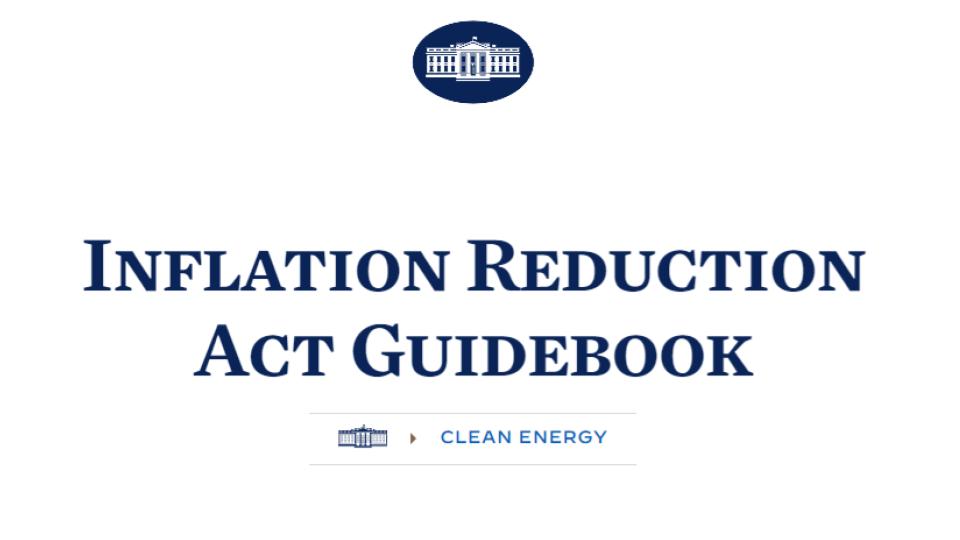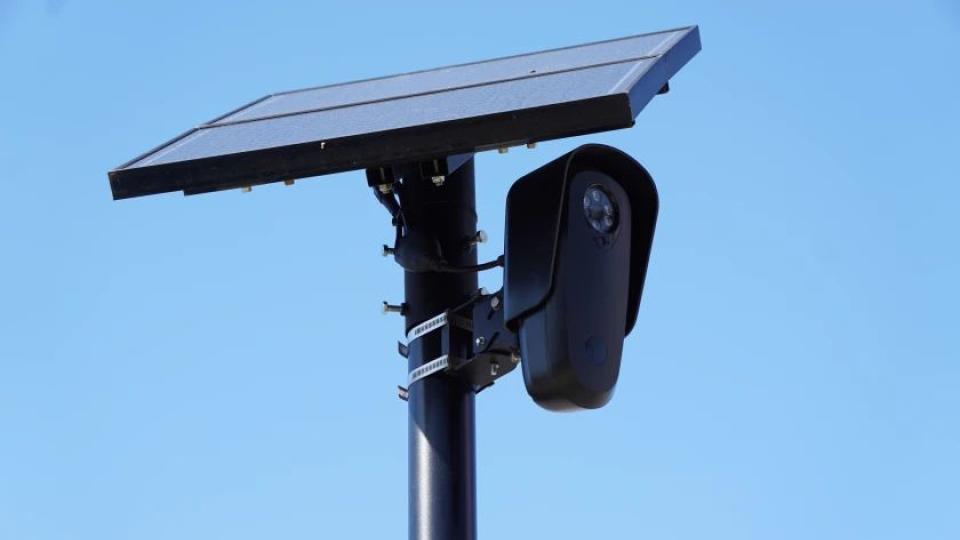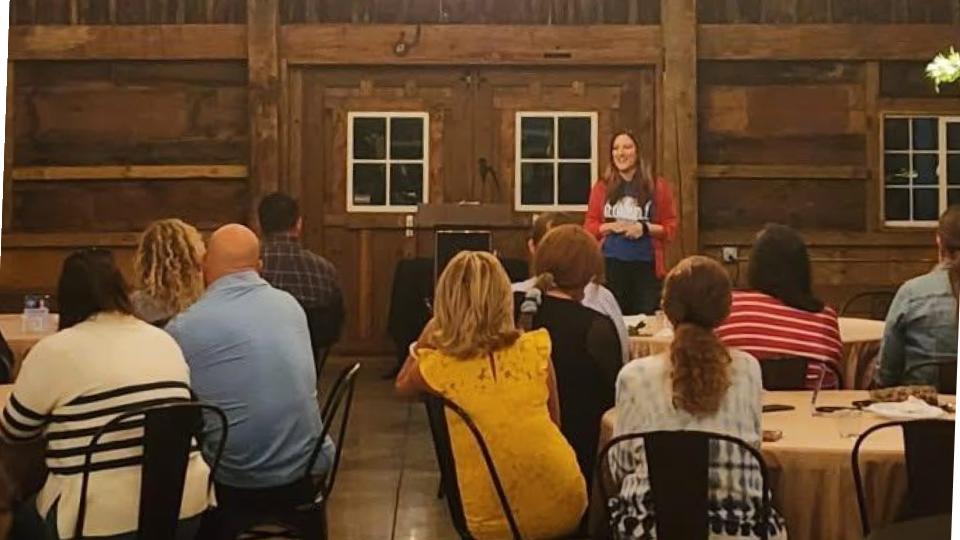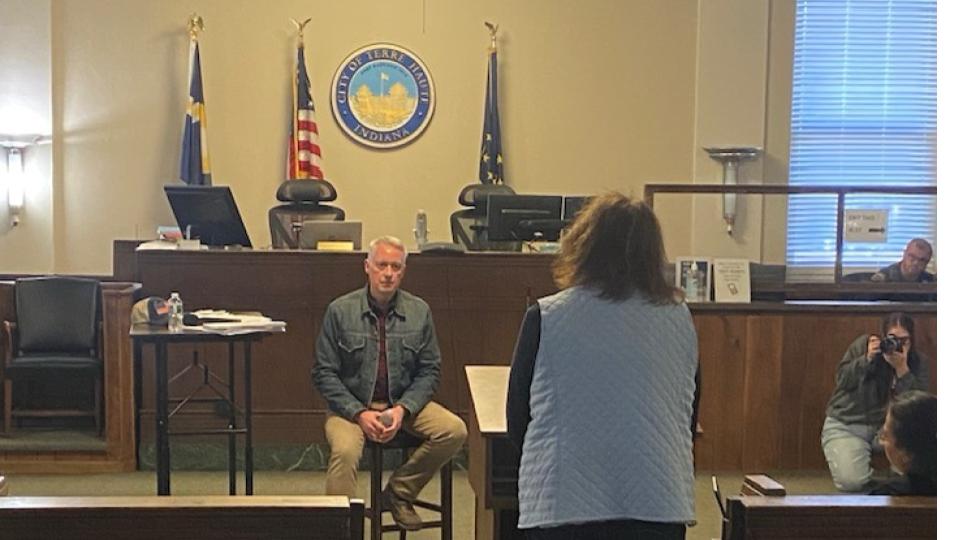
How did the former head of Morgan Stanley’s Global Commodities Division end up in the Fayette Elementary School gym? That question is complicated, and the story is long, so this will be the first article in a series dedicated to answering it.
In fact, two former head’s of Morgan Stanley’s Global Commodities Division are now involved in the Wabash Valley Resources carbon capture and sequestration project, and if you’re not already familiar with Wabash Valley Resources it will be covered extensively in the second article.
Simon Greenshields is currently the CEO and President of Phibro, and according to his biography on their website he, “has more than 35 years of diverse experience in the physical and financial commodity markets, including the development of Morgan Stanley’s asset-based commodity trading model”
When Simon left Morgan Stanley in 2015 he was replaced by Peter Sherk as co-head of the Global Commodities Division. Peter also then left in 2016 as, “Morgan Stanley moved away from riskier parts of the commodities business, like owning and storing oil,” according to a 2016 article in Reuters.

Peter and Simon have both been listed as board members of Wabash Valley Resources, and Peter is currently also listed as a board member of Aspen Power, a company whose mission it is to, “partner with businesses, communities, and others in the industry to develop, construct, and operate renewable energy assets”
In 2021 the Indiana Economic Digest quoted Greenshields as saying, “WVR (Wabash Valley Resources) is developing a multi-product facility, where the hydrogen can be combusted in a turbine to produce clean baseload power.” And a 2021 article in Forbes also states that, “An old gasification plant in West Terre Haute, Indiana is getting a new life. It will use petroleum coke and biomass to produce hydrogen for power.”
This may come as a surprise to many because executives from Wabash Valley Resources have frequently stated in public meetings that their facility is going to produce anhydrous ammonia fertilizer to “help farmers,” but have never once, to my knowledge, mentioned the possibility of producing hydrogen as a new fuel source for energy production in these meetings.
According to another 2021 Forbes article, WVR sold a 20% stake in their corporation to the Nikola Company for $50 million dollars. In that article WVR also stated, “Construction begins next year (2022), and the facility will be able to produce up to 336 tons of hydrogen per day, enough to generate about 285 megawatts of electricity.”

Peter Sherk has also been quoted in several webinars explaining his plan for using Wabash Valley Resources as a model process for creating clean hydrogen power. And this leads us to our first piece of the Wabash Valley Resources puzzle, which is stacking significantly increased federal tax credits.
As stated on the White House’s website, in August of 2022, “President Biden signed the Inflation Reduction Act into law, marking the most significant action Congress has taken on clean energy and climate change in the nation’s history. With the stroke of his pen, the President redefined American leadership…”
According to the North Rose Fullbright law firm there are, “Nine types of tax credits (that) can be sold. They are tax credits under the following US tax code sections: 45, 45Y, 48, 48E, 45Q, 45V, 45U, 45Z 45X, 48C and 30C. (Although there are 11 sections listed, there are only nine tax credits as two of them move after 2024 to new tax code sections.)
From statements executives from Wabash Valley Resource have made, it appears they will be able to stack at least three of these credits. 45Q which provides $85 per Ton of captured and sequestered carbon. WVR has estimated injecting 1,650,000 tons per year for a total of $140,250,000 in 45Q credits per year.
45V gives $3 per kilogram of clean hydrogen produced. WVR has estimated that it would be capable of producing 111,234,480 kg of clean hydrogen per year resulting in $82,387,800 in 45V credits, and finally 45Y provides $33 per mega watt hour of clean energy produced. WVR has projected 2,496,600 MWh per year equalling $82,387,800 in 45Y credits.
WVR may qualify for more of these credits, and some of them can be sold while others are eligible for direct payment. The amounts I have quoted also include bonuses for stacking, but the amounts are subject to change and these figures are only approximations totaling $556,341,240 per year, and resulting in over six billion dollars for the life of the project.
In the next article we will cover Rory Chambers and Nalin Gupta’s involvement in WVR, the “public relations nightmare” that has resulted in their community meetings, and the legislative process the company followed to secure tax abatements, eminent domain, EPA permits, and regulated pricing for land rentals.
If you would like to support this type of grass roots investigative journalism please consider sharing this article, subscribing to our email list, or making a donation.




Leave a comment